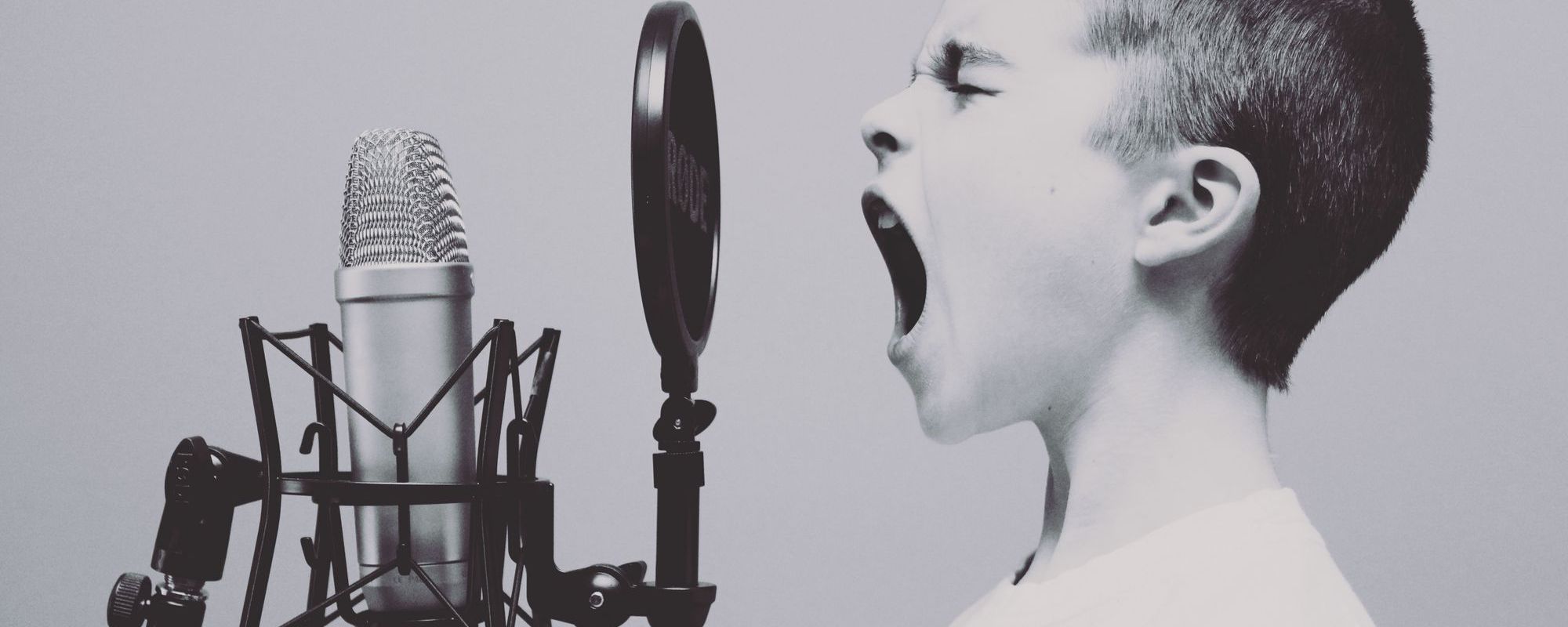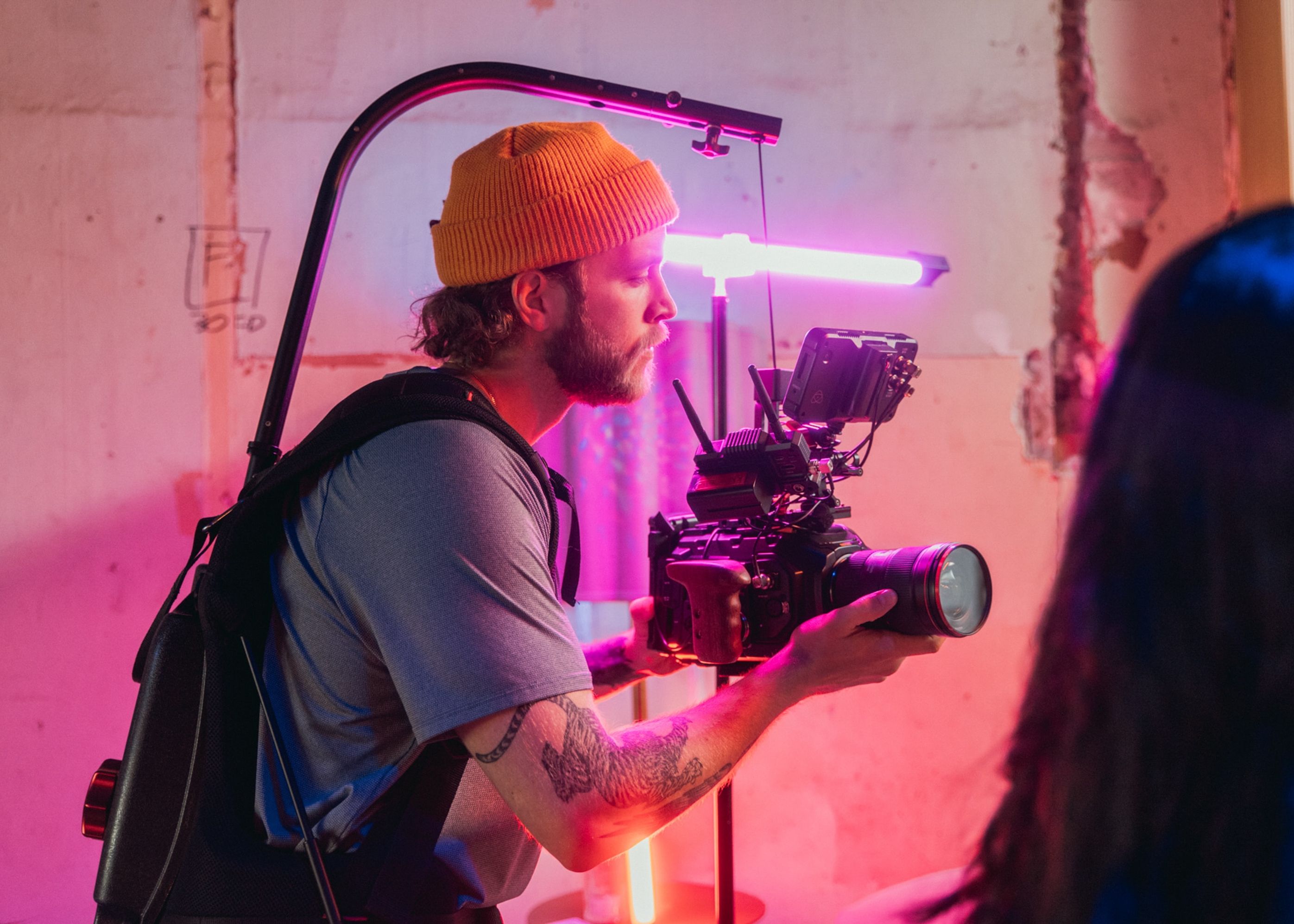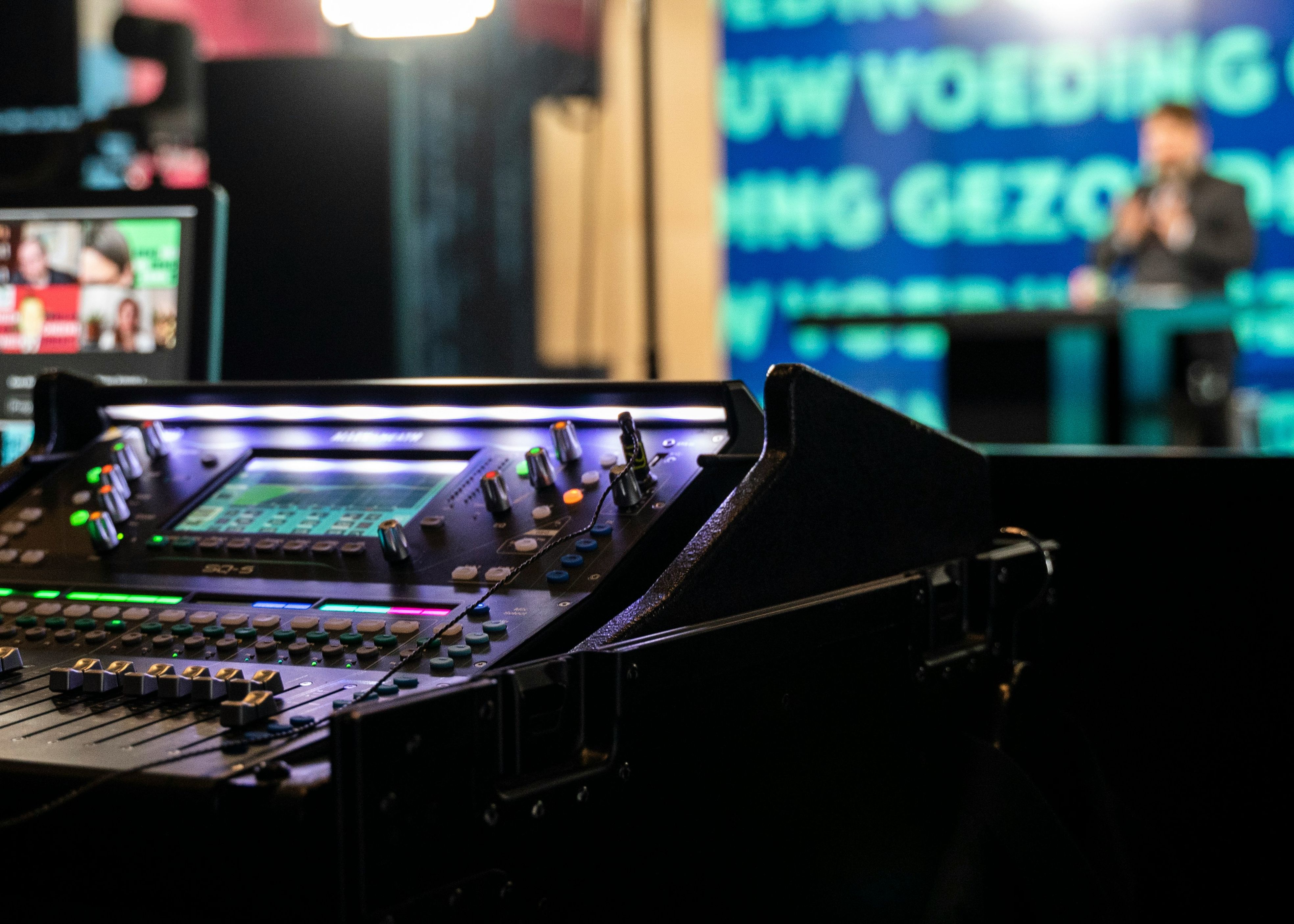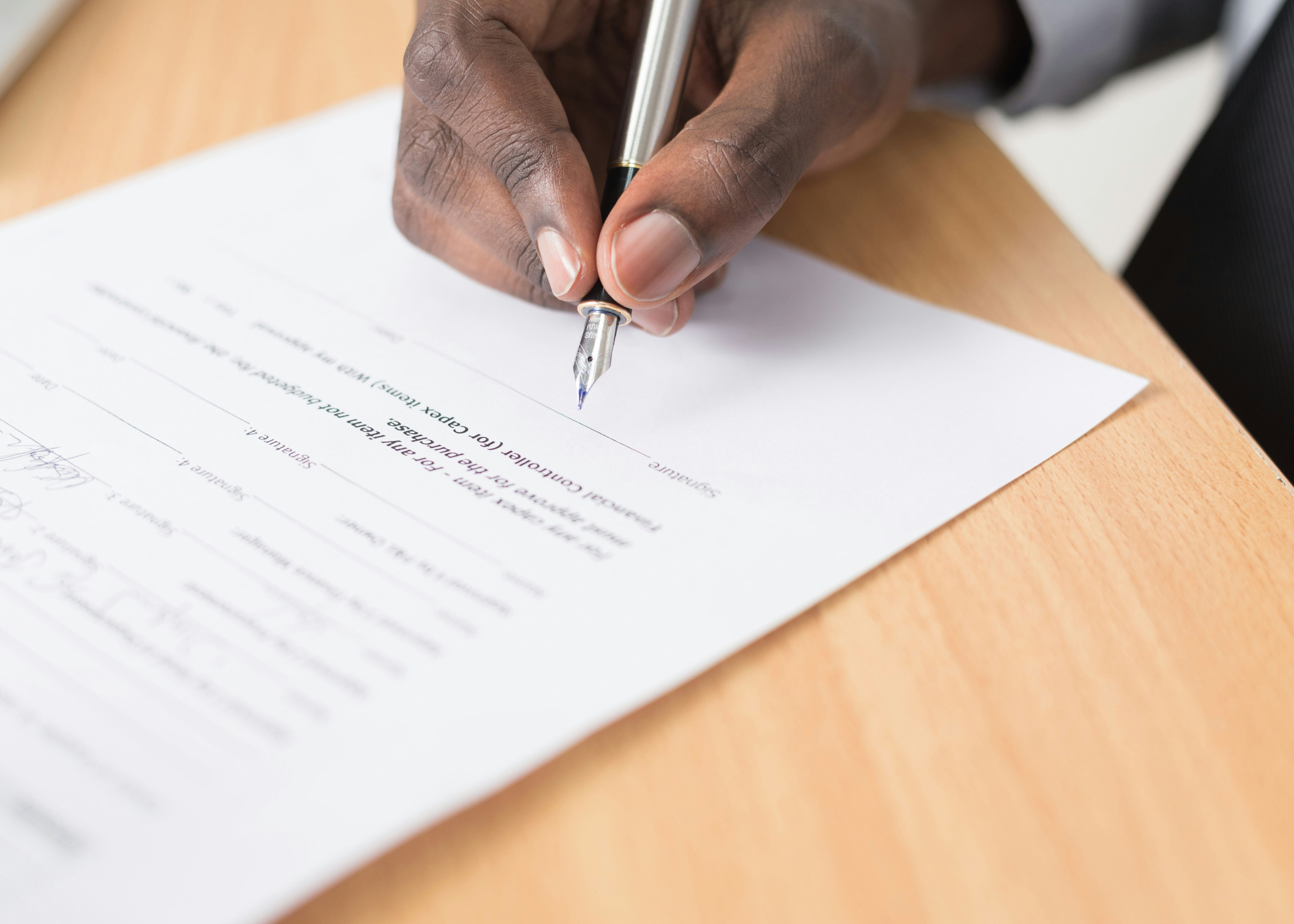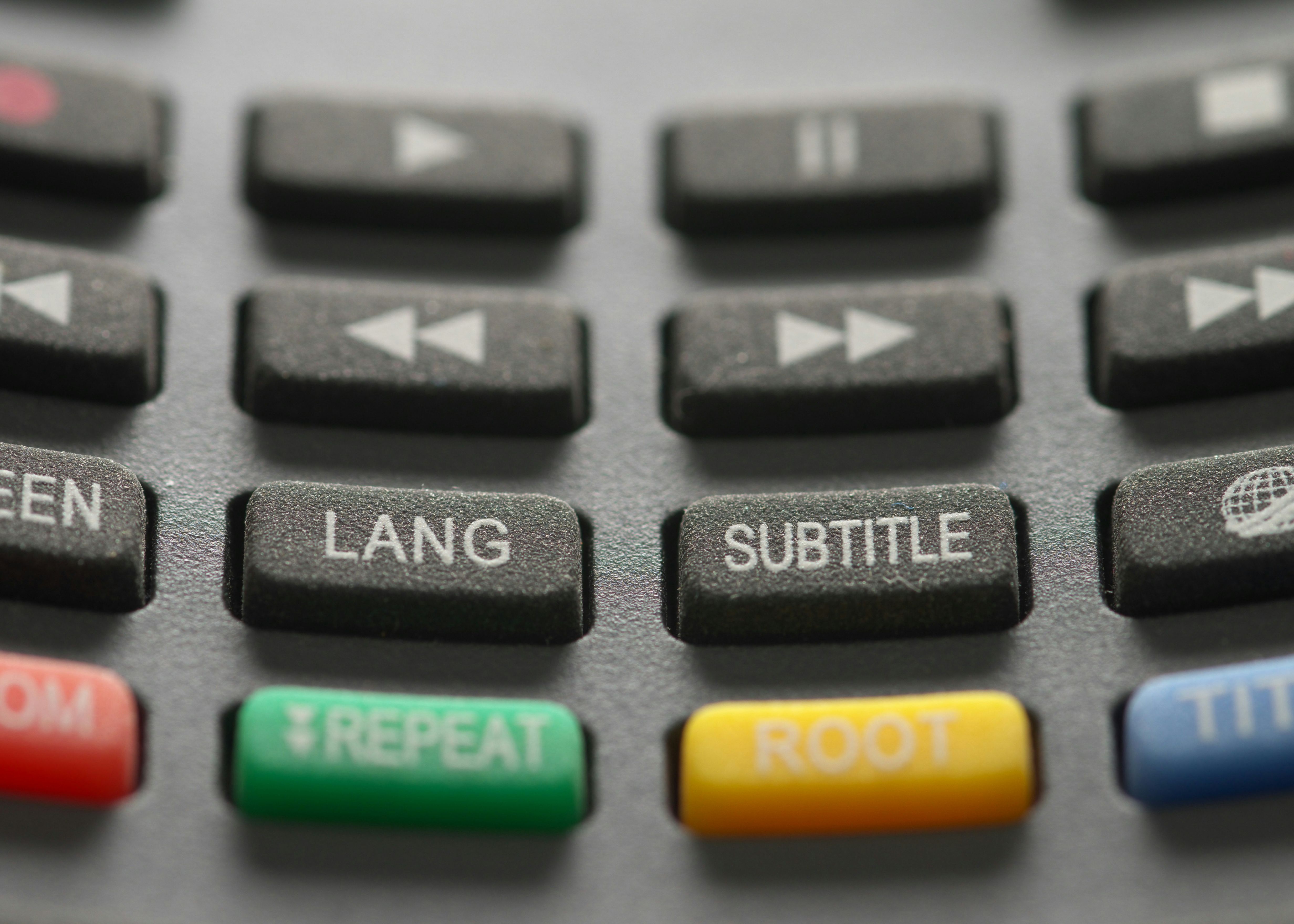Audio-to-text technology has enabled automated transcription work to improve dramatically over the past few years.
Whilst the technology now allows for the complete transcription of an audio file in a matter of minutes, no automated transcription can offer you a complete 100% accuracy rate - yet.
But there is good news!
It is possible to substantially increase the accuracy of your audio-to-text transcription by incorporating a few minor adjustments to your recording process. The higher the quality of your recording the more accurate your transcription will be.
So whether you are interviewing someone for your dissertation, article or podcast, you can guarantee a better accuracy rate if you do these simple actions.
Use a Handheld Digital Recorder NOT Your Smartphone
It’s tempting to pull out your smartphone and start recording. Its convenient and you already own the equipment, so why not?
Whilst this will get the job done, the recording quality will be impaired. Smartphones are designed to perform a myriad of functions to a good standard, but they are not a substitute for specialist recording equipment.
A handheld digital recorder has better functions to help you reduce background noise, and monitor audio levels. The result is superior stereo depth recording, which will lead to a higher accuracy rate of your transcription.
Invest In and Correctly Use a Quality Microphone
Along with a handheld digital recorder, investing and correctly using an external microphone is the most important factor in achieving high-quality audio.
A quality microphone should be external to your other recording equipment. It should also be padded and have some gauze covering to reduce unwanted noise and capture the best sound.
You may also want to invest in a microphone that has a pop filter to help eliminate the audio distortion hat comes from popping sounds. For example, some words and letters produce a gush of air that warps the audio and interferes with the transcription quality.
It is also important to place an external microphone close to the person speaking. The closer proximity to the speakers’ mouth the clearer the audio and the less opportunity for background noise to seep in.
Eliminate Background Noise
It is very trendy these days to conduct meetings in coffee shops. They have a relaxed vibe and well coffee, of course. However, busy cafes are the worst place to record an interview. They are full of background noise and uncontrollable volume levels that will have a large impact on the accuracy of your transcription.
The best place to conduct an interview is indoors, in a large quiet room with plenty of space around you. Before the interview, take a moment to listen for any background noises. Do you hear your dog barking in the other room? Have you noticed that the trash collector comes around at a specific time of day screeching and rumbling in the background? Is your computer nearby making a whirring noise? Where possible, eliminate these distracting sounds.
If you must use a small room, try to utilize one with lots of material that can absorb and diffuse sounds. A room full of furniture, carpeting or even books will help.
One possible ‘on-trend’ venue that will meet these requirements is the private office of a co-working hub. These spaces provide a professional, quiet space to conduct your interview. And afterwards or before, there is usually a place to grab a coffee and a slice of carrot cake for a more relaxed chat with your interviewee.
The point here is that the clearer your audio recording the high accuracy you will have in the initial transcription.
Encourage Uniform Speech
Uniform speech is also essential. What am I referring to? This is trying to keep the sound quality as even as possible.
Sudden pitch changes from high to low and loud to soft - such as a sudden exclamation - cause wavy audio and effect the accuracy of a transcription. Maintaining an even pitch throughout is preferred.
To help with this, it is always advised to brief your interviewee before you start recording. Demonstrate the best place to position their mouth in relation to the microphone. Give them examples of voice changes to avoid. Answer any questions they have about the recording equipment itself.
You may feel awkward about requesting and demonstrating this to your interviewee the first few times you do it, but it will make the world of difference in the accuracy of your audio-to-text transcription. Besides, more often than not, your interviewee is probably just as nervous as you and would welcome some tips on what to do.
Reduce Overlapping Conversations
Overlapping occurs when one or more person is talking at the same time. When two people talk at the same time, the automated transcription has a hard time interpreting what is said and words get lost.
To combat this, try recording one speaker at a time. If you must interview two people at once, then brief the interviewees on best practice before the interview begins. Encourage them to not interrupt or speak over the other interviewee. Ask them to refrain from talking between themselves. Also advise that if someone starts to laugh, cough or sneeze the speaker should pause and begin again when the noise has passed.
In the same vain, you as the interviewer want to avoid interjecting over the speaker. Non-verbal cues, such as nodding your head and smiling, are just as effective as interjections in helping to encourage your speakers. In fact, a reduction of any verbal noise from you will actually help keep your interviewees thought process flowing, and may actually land you that elusive quote you wanted.
In short, keeping overlapping conversations to a minimum makes it easier for the audio-to-text transcription to pick up on the words being said and provides a more accurate transcription.
Test Your Equipment Before the Interview
In addition to choosing your equipment, your interview location, and briefing your interviewees on some basic recording etiquette, it is also important to test your equipment.
Checking for background noise and making sure your equipment is set at the accurate recording levels will ensure the best possible high quality sound recording. This in turn will lead to a higher accuracy rate of your transcription.
Use an Audio Limiter
Audio limiters keep the audio within a specified range by compressing it. In practice, this prevents the capture of outbursts and over-pitched sounds.
Incorporating these actions into your interview recording sessions will help increase the accuracy of your audio-to-text transcription. This in turn will lead to a reduction in time you have to spend in editing.


